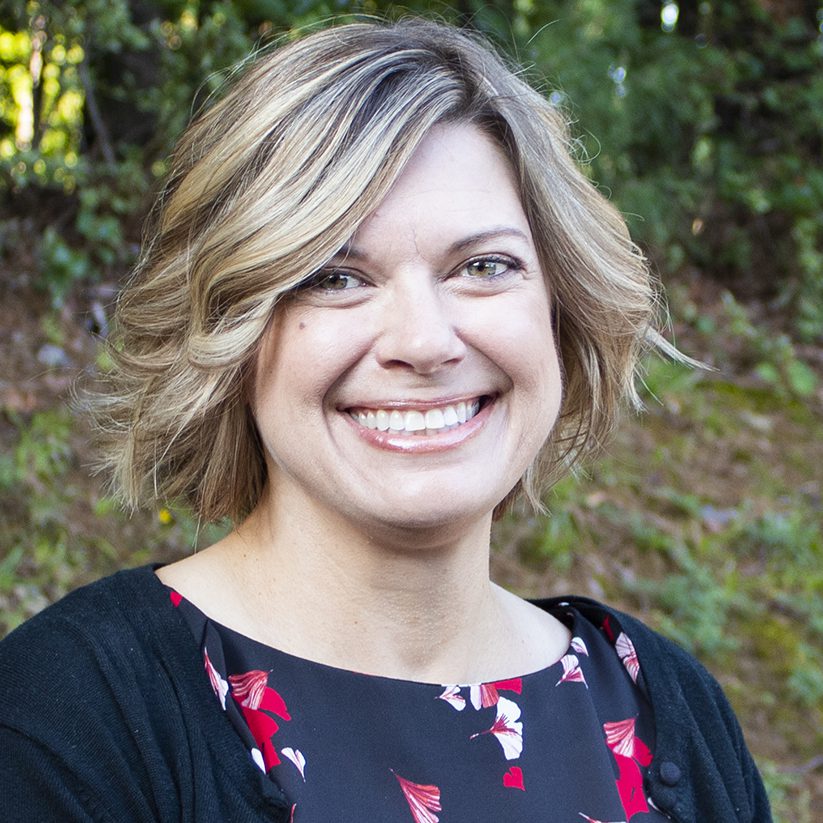
Servant leadership is a sought-after quality in would-be leaders of an organization and a praise-worthy attribute of existing leaders. But what does it mean and what does it take to be a servant and a leader?

In its purest form, servant leadership is about serving others and, in doing so, leading by example, inspiring others around you to follow your lead and do the same with those around them. It is a pay-it-forward mentality where the act of giving is the reward itself. Search online and you will find plenty of variations that echo the same sentiment but that is not what this article about. This article is about creating a culture where the conditions of success required to allow one to effectively practice servant leadership are put into practice, so that it might thrive in your organization.
Who am I to talk on this subject? I am not a businesswoman or an author of leadership books. I am a Landscape Architect and simply consider myself someone who tries tries to be a servant leader that is because that is the way I was raised. Early on, my mother instilled in me that a life without service is not a life worth living. Serving others and giving back to your community was the only way and while she was not a perfect woman, this one trait she practiced well. In 2019, she passed away.
My quest to be a servant leader comes from her and continues to this day to help honor her legacy and desires for me. Though the years, I have been a Girl Scout, a Peace Corps Volunteer, and most recently have served in various volunteer leadership positions in the American Society of Landscape Architects (ASLA). I am currently serving as President of the North Carolina Chapter of ASLA. Previously, I served as ASLA Chapter Presidents Council Chair, a position appointed by the national President of ASLA. I have also served as the President of the Washington Chapter of ASLA and have served on ASLA’s Leadership Development Committee.
Despite my own personal history of service, I still ask myself, Am I doing enough? Am I doing the job well? Am I leaving things better than I found them? Have I accomplished enough?While the little voice inside me would likely say it’s never enough, my outer voice has learned to say I am doing what I can and I am most successful when I enlist others to help and allow them opportunities to serve and lead as well.
Allowing others to serve and lead is something I like to call determined delegation.If there is one thing that I have learned through the years, it is that effective servant leadership, even with delegation, takes time and more of it than one might think. It takes time to listen, the period where you are learning how an organization operates and how you might be most effective within its unique context. It takes time to develop trust of those serving with you. There’s time to envision what an organization might become and strategize with others about their ideas and desires for it. It takes time to create a framework to accomplish the vision and time to task individuals and teams to execute objectives. Developing a system of accountability is key and that also requires follow-up, which also takes time.
Leadership is less about what you say and do, but rather it is a systematic process where everyone has unique role to play. In his book Traction, Gino Wickman talks about process as The Wayof doing business. He goes on to say, Most entrepreneurs don’t understand how powerful process can be, but when you apply it correctly, it works like magic, resulting in simplicity, scalability, efficiency and profitability.”
This is where many companies fail their servant leaders, by not allowing time for the process to develop by expecting immediate results or results with limited time input. When I speak of conditions for success or enabling conditions, developing a process to execute on a leadership vision is critical and takes time. On a continuum, that time commitment is heavier upfront while the process is put into place and then reduces over time as the process moves into execution.
The other aspect of developing a good process is that it takes creativity. Good plans are not hatched out of thin air; they take creative problem solving. In the design world, we use the term white spaceto refer to room to think, reflect, draw, and find inspiration. To be successful, servant leaders benefit from a little white space to find their footing to allow them to be most effective in their leadership role. Without it, two things could happen: The employee’s leadership service could be ineffective or, while trying to be all things to all people, they become over-extended and ineffective as a leader and employee, running themselves into the ground. Both could have negative impacts on a business. So, if you are a servant-leader’s employer, their success should matter to you.
If we are speaking of volunteer service, you might ask, Why let them volunteer in the first place, if it is going to take time away from the job?The obvious answer is that volunteer leadership positions allow your employees to hone their leadership skills developing confidence, learning to collaborate with others, and determining how to develop and execute (essentially) a business plan.
Second, assuming you value service and the idea of making the world a better place, servant leaders not only give to their volunteer pursuits, but they also give back to their employment organizations as well. From my own experience, I can tell you that my rise within the companies I have worked for paralleled my success in my volunteer organizations. When a company is willing to support employees as volunteers in their service, it means something to them and, over time, they will pay it back even more. In return, you will have a happier, more committed employee who can then use newfound confidence and leadership skills in your company. Additionally, they often access some of the best and brightest in their field through their service and can help attract talent to your firm. It is a win-win if you can be patient.
At WithersRavenel, I am thankful to have an employer that not only understands volunteer service but also lives it and values it. In my first week, in speaking with Brock Storrusten, Vice President and Director of Land Development, I asked him how much time for NCASLA I would be allowed to put on my time sheet. He said, I want you to put all of it. It’s important and critical to us that you be successful at this.They understand not only its importance to me personally, but to the business of WithersRavenel. That, in turn, makes me want to be successful and a servant leader for WithersRavenel.
Courtney Landoll, PLA, ASLA, is a Client Success Manager and Landscape Architect at WithersRavenel. Reach her at (919) 238-0387 or clandoll@withersravenel.com.
